CODEL TunnelTech 601 User manual
Other CODEL Measuring Instrument manuals

CODEL
CODEL EnergyTech 100 Series Guide
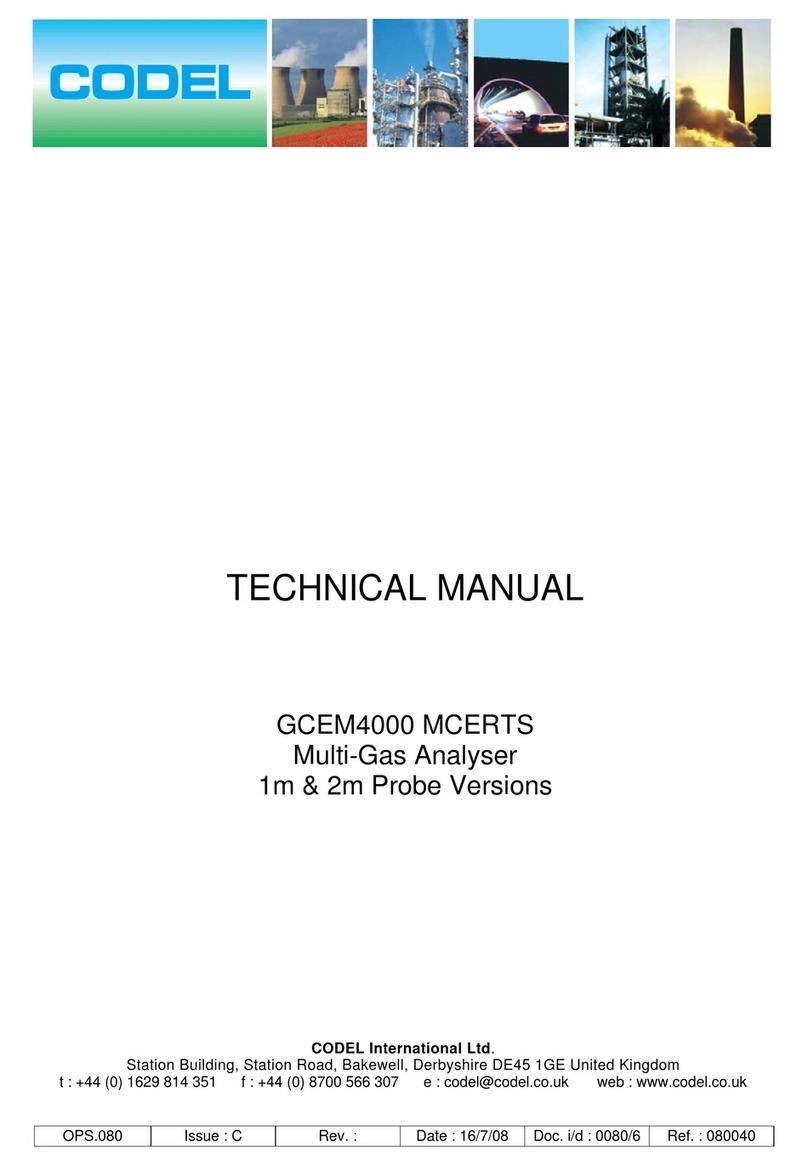
CODEL
CODEL GCEM4000 User manual
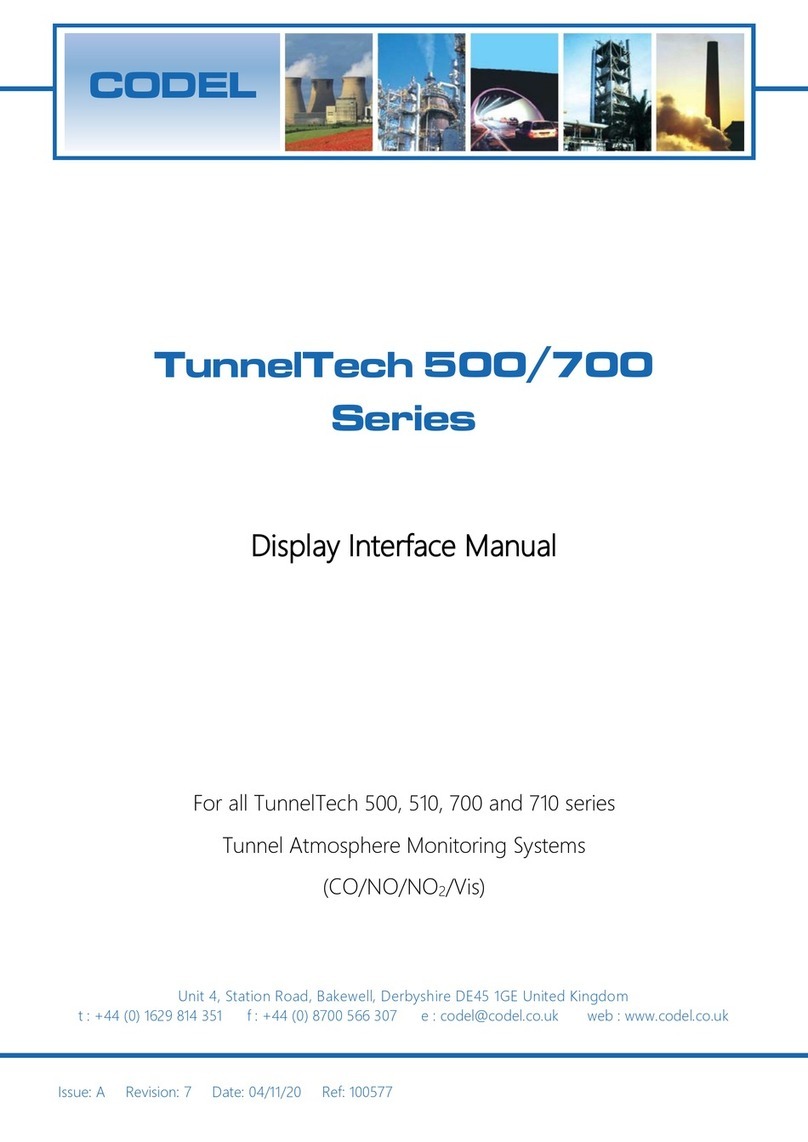
CODEL
CODEL TunnelTech 500 Series User manual
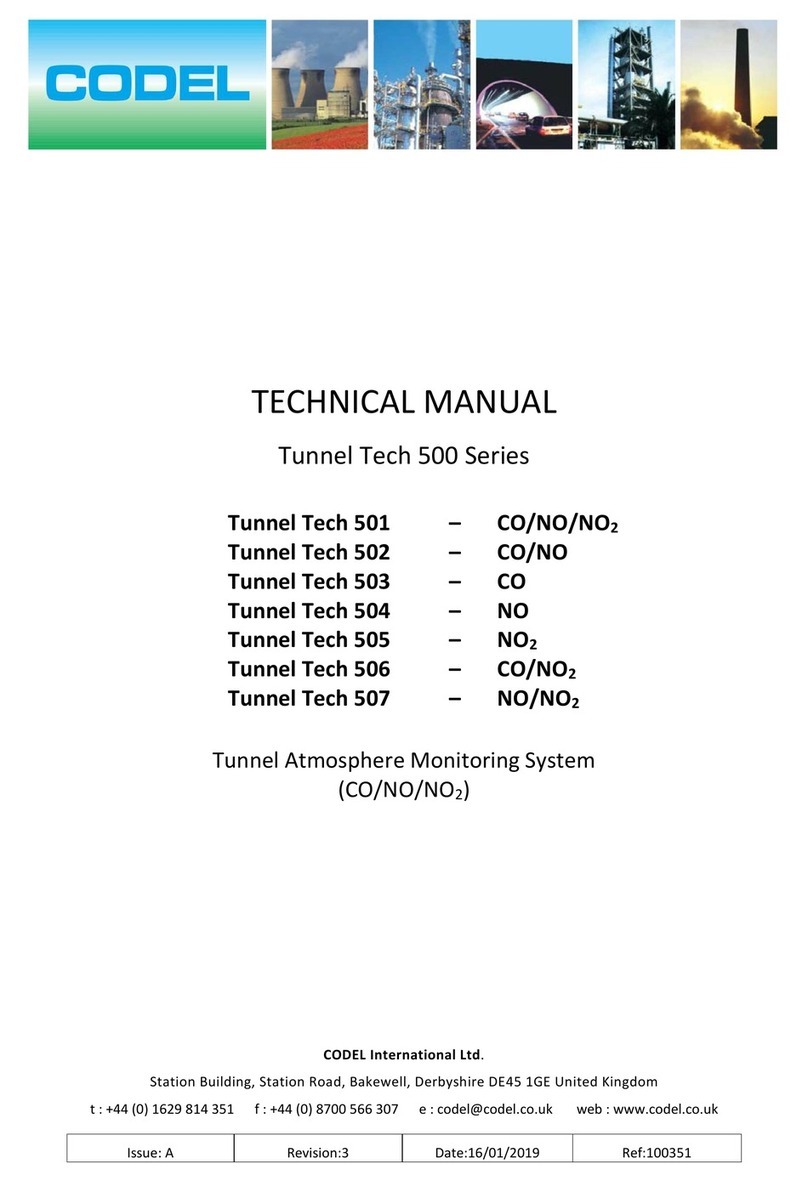
CODEL
CODEL Tunnel Tech 500 Series User manual
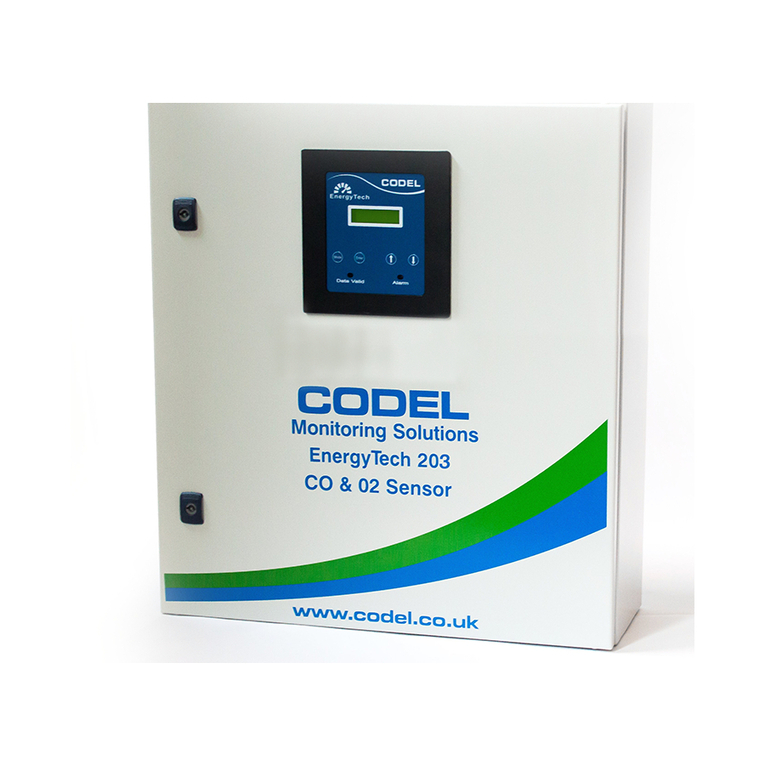
CODEL
CODEL EnergyTech 203 User manual
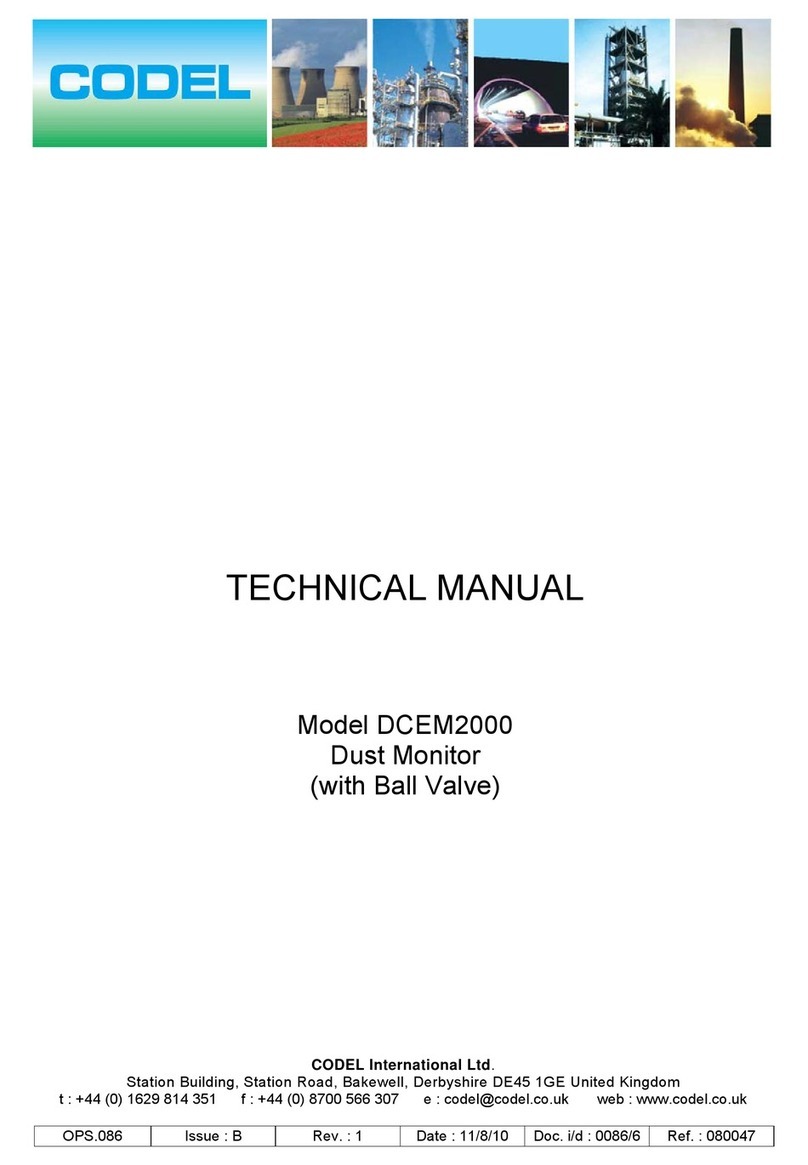
CODEL
CODEL DCEM2000 User manual
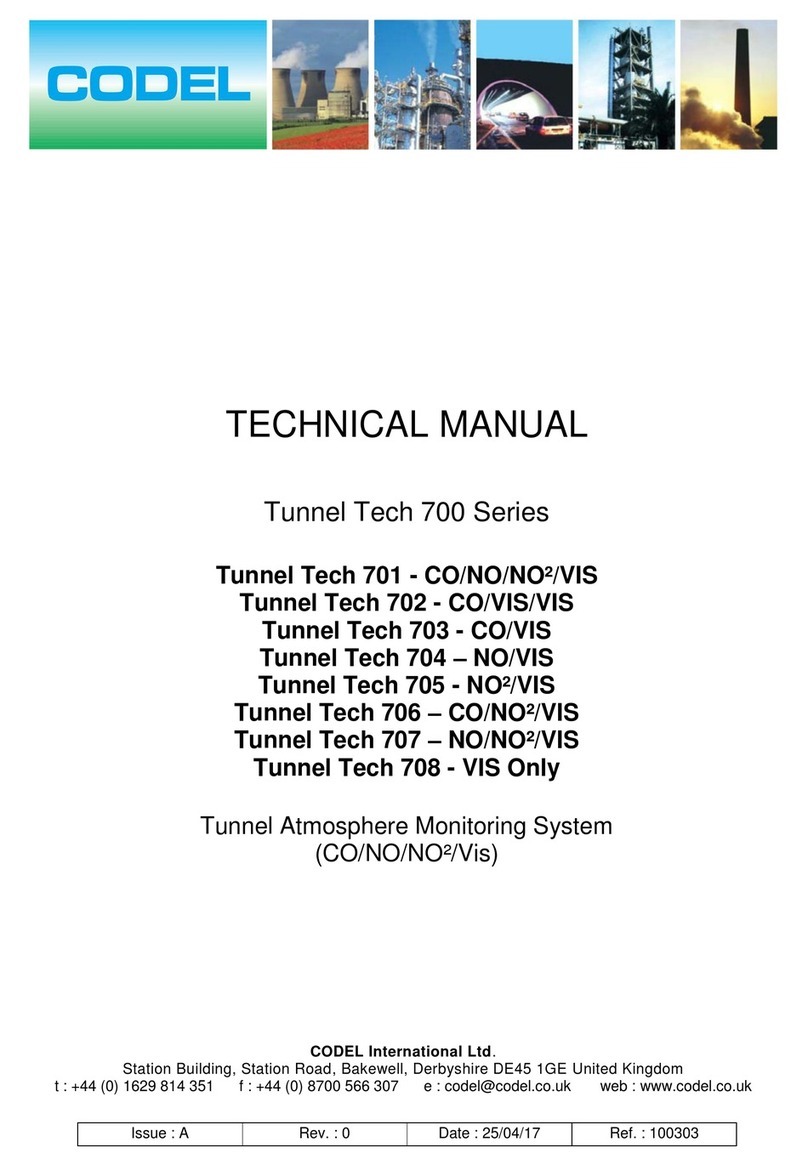
CODEL
CODEL Tunnel Tech 700 Series User manual
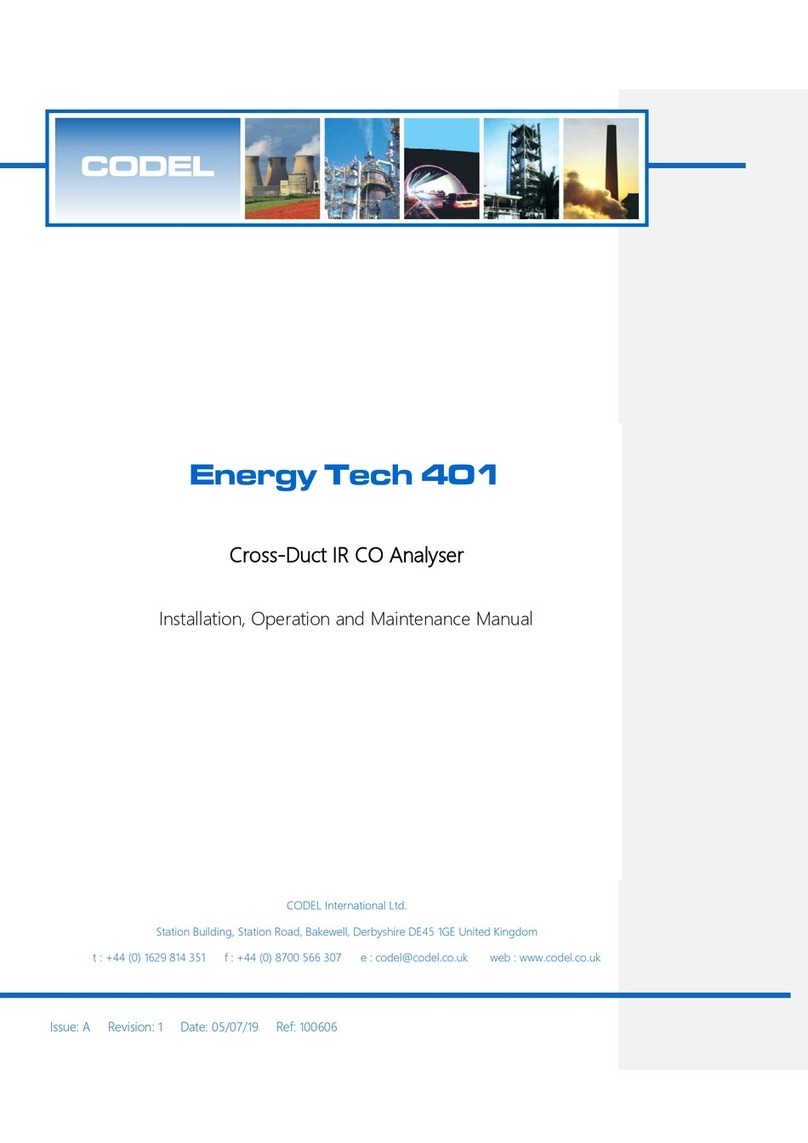
CODEL
CODEL Energy Tech 401 User manual
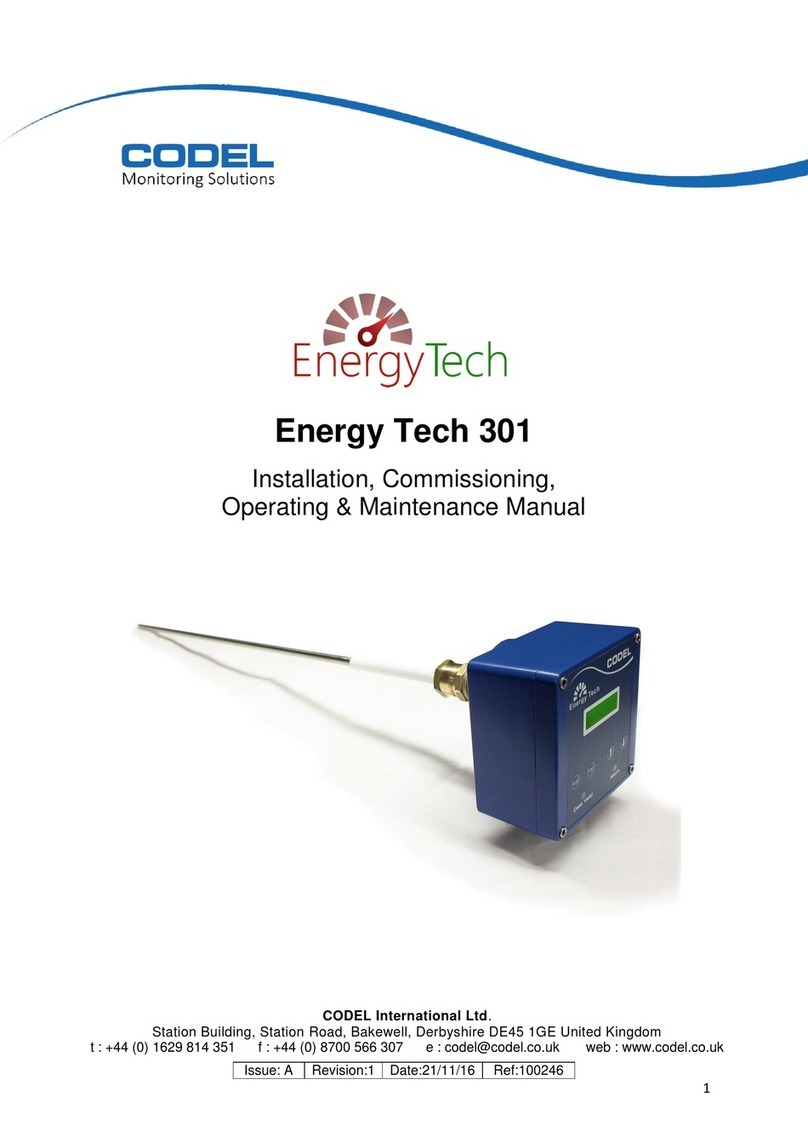
CODEL
CODEL Energy Tech 301 Guide
Popular Measuring Instrument manuals by other brands

Powerfix Profi
Powerfix Profi 278296 Operation and safety notes

Test Equipment Depot
Test Equipment Depot GVT-427B user manual

Fieldpiece
Fieldpiece ACH Operator's manual

FLYSURFER
FLYSURFER VIRON3 user manual

GMW
GMW TG uni 1 operating manual

Downeaster
Downeaster Wind & Weather Medallion Series instruction manual

Hanna Instruments
Hanna Instruments HI96725C instruction manual

Nokeval
Nokeval KMR260 quick guide

HOKUYO AUTOMATIC
HOKUYO AUTOMATIC UBG-05LN instruction manual

Fluke
Fluke 96000 Series Operator's manual

Test Products International
Test Products International SP565 user manual

General Sleep
General Sleep Zmachine Insight+ DT-200 Service manual















